Denisse Ortiz-Acosta and colleagues from Los Alamos National Laboratory fabricate 3D silicone materials for hydrogen removal from sealed waste containers.
![Removing Hydrogen Gas with Silicone-Based Getters [Video]](https://www.advancedsciencenews.com/wp-content/uploads/2018/08/adfm201707285_ASN_image.jpg)
![Removing Hydrogen Gas with Silicone-Based Getters [Video]](https://www.advancedsciencenews.com/wp-content/uploads/2018/08/adfm201707285_ASN_image.jpg)
Denisse Ortiz-Acosta and colleagues from Los Alamos National Laboratory fabricate 3D silicone materials for hydrogen removal from sealed waste containers.

A French team of scientists studied the effect of the atmospheric pressure plasma treatment on poly‐ether‐ether‐ketone (PEEK) surface in terms of wettability and practical adhesion towards metallic thin films as well as the evolution of the wettability of PEEK surfaces regarding the aging of plasma treatment.
![A Highly Efficient Method for Iodine Capture and Recovery [Video]](https://www.advancedsciencenews.com/wp-content/uploads/2018/08/adfm201801596_ASN_image_small.png)
Metal–organic framework@polymer (MOF/polymer) composite beads for highly efficient iodine capture and recovery.
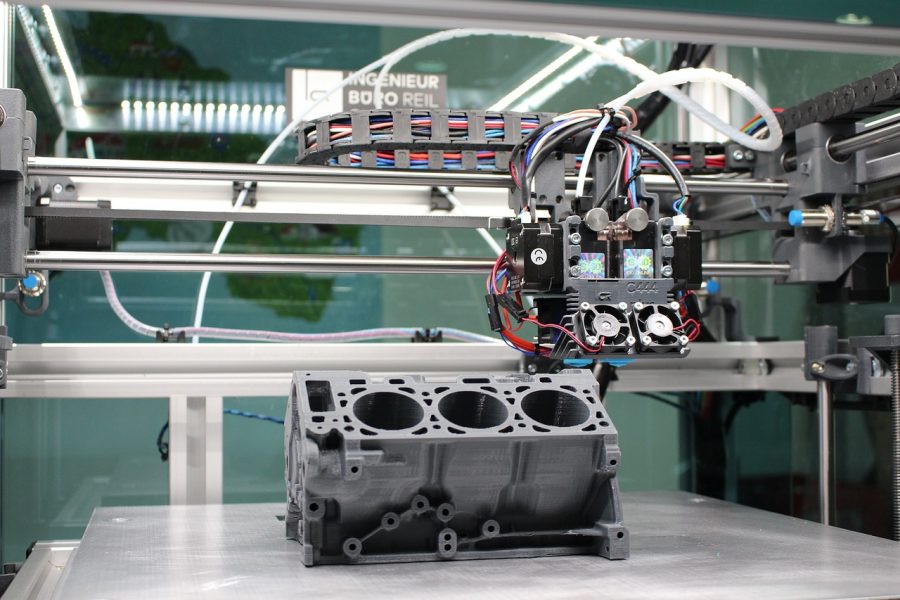
An international team of scientists conducted a comprehensive study of the usability of plasma treated PA12 powder in laser sintering for applications which require high hydrophilicity.
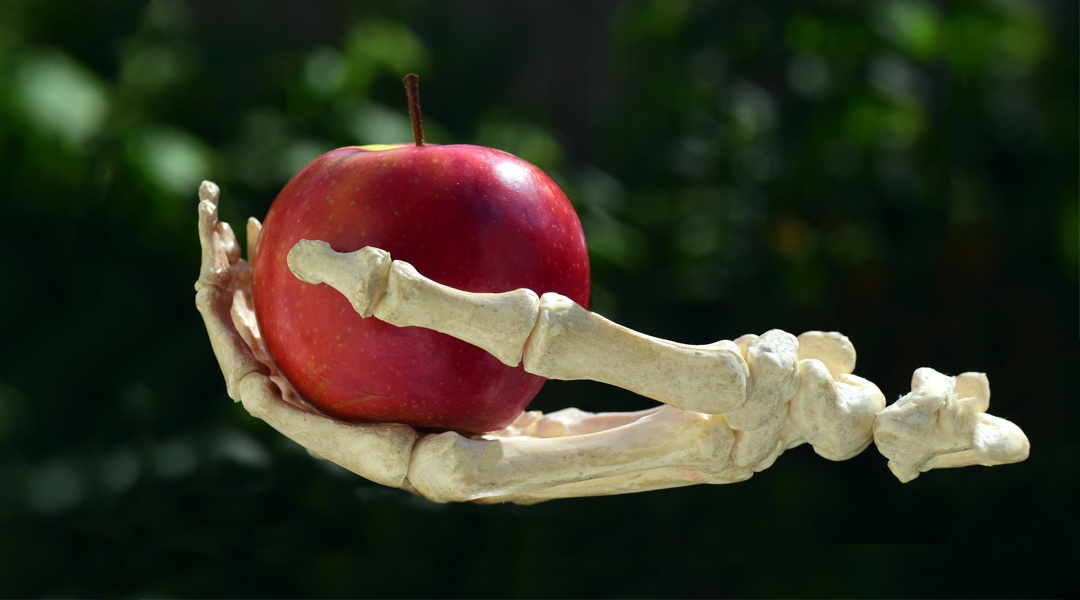
Scientists search for better scaffolding to help in bone repair and regeneration.
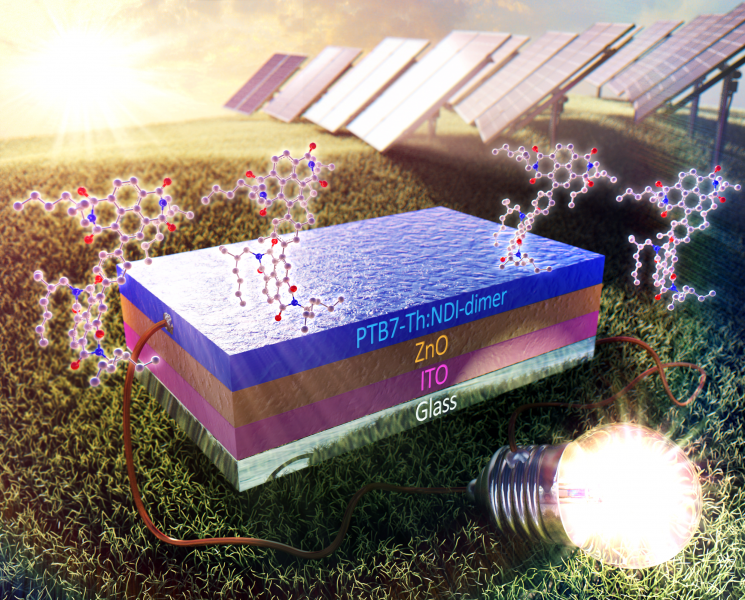
Macromolecular Rapid Communications highlights the work of young outstanding scientists in polymer science.

Polymeric Photoacids allow the localized production of protons while the polymerization is straight forward and avoids the use of protecting groups and extra steps in the synthesis.
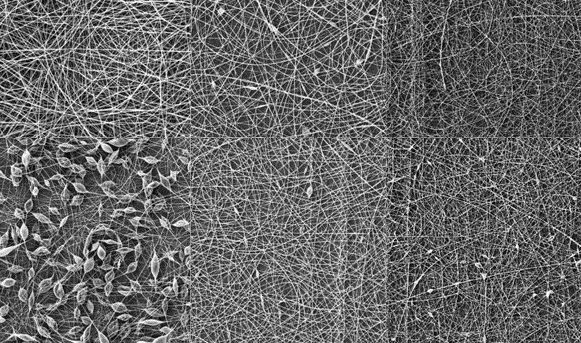
A team of scientists from Belgium investigated the plasma‐induced chemistry in organic solutions of polylactic acid (PLA), and their effects on the resultant PLA nanofibers.
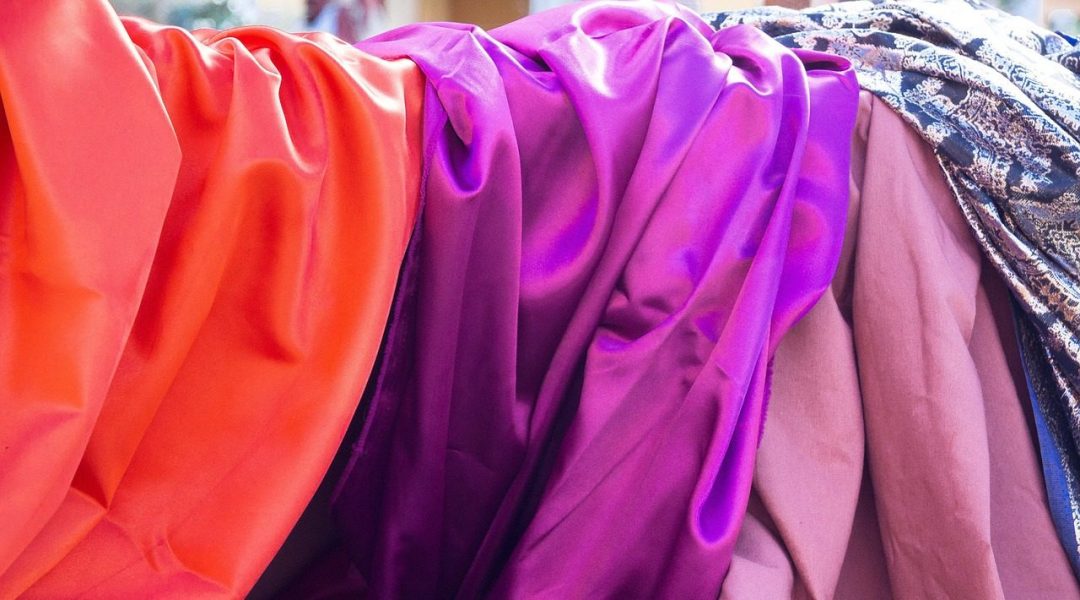
Silk’s highly tunable range of mechanical properties, degradation rates and material formats arise from subtle changes at the microscopic level.
![A Noah’s-Ark-Like Cell Carrier for Tissue Regeneration [Video]](https://www.advancedsciencenews.com/wp-content/uploads/2018/07/adma201802273_ASN_image.png)
Highly porous microspheres are developed as injectable scaffolds for tissue regeneration based on polyhydroxyalkanoate (PHA), a family of natural biopolyesters.